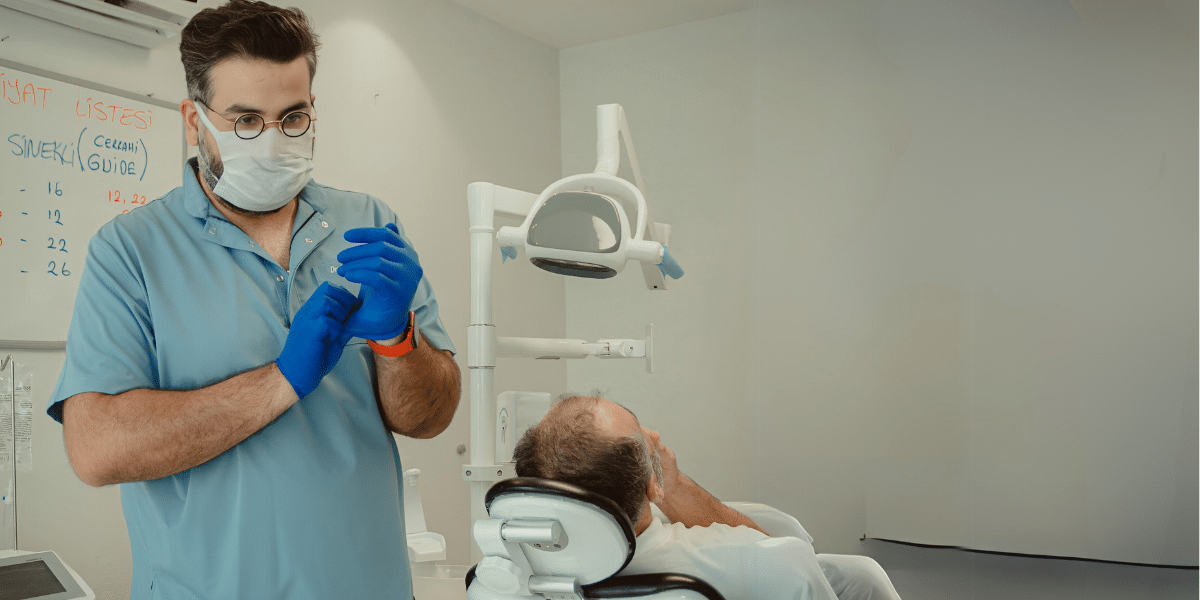You’ve decided to undergo liposuction, but perhaps you’re wondering, “Will my stomach sag after lipo?” It’s a valid concern, and understanding the factors contributing to post-liposuction results is essential for managing expectations and achieving the desired outcome.
Factors influencing Post-Liposuction Results
Skin Elasticity
Skin elasticity plays a significant role in determining how well your skin will retract after liposuction. Younger individuals with good skin elasticity experience better results, as their skin can better conform to the body’s new contours. On the other hand, older individuals or those with poor skin elasticity may be more prone to sagging skin following liposuction.
Amount of Fat Removed.
The amount of fat removed during liposuction can also impact postoperative results. Removing large volumes of fat from a particular area may result in more noticeable changes in skin laxity. Your surgeon will balance fat removal and skin elasticity to achieve the best possible outcome.
Age and Overall health
Age and overall health can influence the body’s ability to heal and recover after liposuction. Younger, healthier individuals typically experience faster healing and better skin retraction than older or less healthy individuals. Your surgeon will assess your medical history and overall health to determine if you are a suitable candidate for the procedure.
Surgeon’s Skill and Technique:
The skill and technique of your surgeon are critical factors in achieving successful liposuction results. An experienced surgeon will use precise techniques to remove fat evenly and minimize trauma to the surrounding tissues, reducing the risk of complications and optimizing aesthetic outcomes. Choosing a board-certified plastic surgeon with a proven track record of excellence in liposuction procedures is essential.
Why Does Sagging Skin Occur?
Sagging skin can occur after liposuction when the skin lacks the necessary elasticity to retract and conform to the body’s new contours. This can happen if a significant amount of fat is removed or the skin has been stretched or damaged due to weight fluctuations, pregnancy, or aging.
Individuals with pre-existing skin conditions such as cellulite or stretch marks may be more prone to sagging skin after liposuction. These conditions can affect the overall quality and elasticity of the skin, making it less likely to bounce back smoothly after fat removal.
Certain factors increase the risk of sagging skin following liposuction, including smoking, sun damage, and genetic predisposition. Smoking can impair circulation and hinder the body’s healing ability, while sun damage can accelerate skin aging and reduce elasticity. Genetics also play a role in determining skin quality and may influence how well your skin responds to liposuction.
How To Prevent Sagging Skin
Healthy Lifestyle Habits
Maintaining a healthy lifestyle is crucial for preventing sagging skin after liposuction. Eating a balanced diet rich in fruits, vegetables, and lean proteins can provide essential nutrients for skin health and elasticity. Avoiding excessive sun exposure and quitting smoking can also help preserve skin quality and promote optimal healing.
Proper Hydration
Adequate water intake is essential for maintaining skin hydration and elasticity. Aim to drink at least eight glasses of water daily to keep your skin hydrated from the inside out. Hydrated skin is more supple and resilient, making it less prone to sagging or wrinkling.
Regular Exercise Routine
Incorporating regular exercise into your routine can help tone and tighten the muscles underlying your skin, improving overall body contour and reducing the risk of sagging skin. Focus on strength training exercises that target problem areas such as the abdomen, thighs, and arms to enhance muscle definition and support skin elasticity.
Skincare Regimen
Establishing a comprehensive skincare regimen can help support skin health and elasticity before and after liposuction. Use moisturizers and body creams containing hyaluronic acid, vitamin C, and retinol to nourish and hydrate the skin, promoting a smoother, youthful appearance.
Post-operative Care
Following your liposuction procedure, your surgeon will provide instructions for post-operative care, including wearing compression garments and attending follow-up appointments. Proper wound care is essential for minimizing complications and promoting healing.
Considering The Financial Aspect
The liposuction cost Turkey can vary depending on several factors, including the extent of the procedure, the surgeon’s experience and reputation, the geographic location of the practice, and any additional anesthesia, facility fees, or post-operative care. During your consultation, your surgeon will provide a detailed breakdown of the costs and discuss payment options.
In most cases, liposuction is considered a cosmetic procedure and is not covered by health insurance. However, there may be exceptions for certain medical conditions or circumstances where liposuction is performed for therapeutic purposes rather than purely aesthetic reasons. It’s essential to check with your insurance provider to determine if any coverage applies and explore alternative financing options.
Sagging skin after liposuction is a valid concern for many patients. However, proper planning, realistic expectations, and a commitment to post-operative care can often minimize or address this concern effectively. By choosing a qualified surgeon, maintaining a healthy lifestyle, and exploring your options, you can achieve the best possible results and enjoy the benefits of a slimmer, more contoured physique.
Ready to take the next step in your transformation journey? Visit Flymedi to explore detailed information about the treatment, connect with top specialists, and get personalized answers to all your questions.
Published by: Khy Talara

















